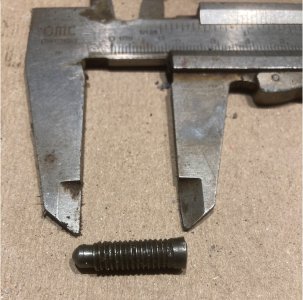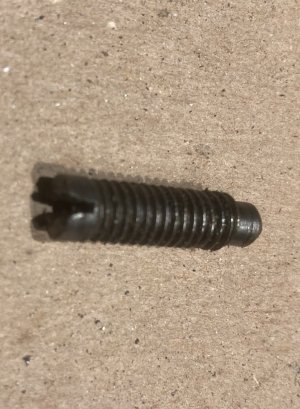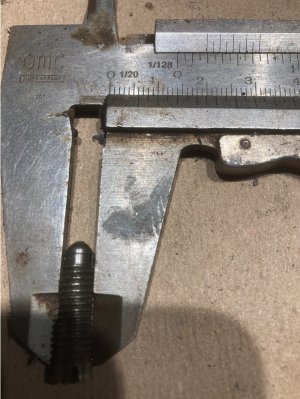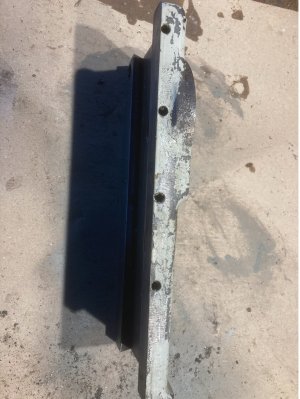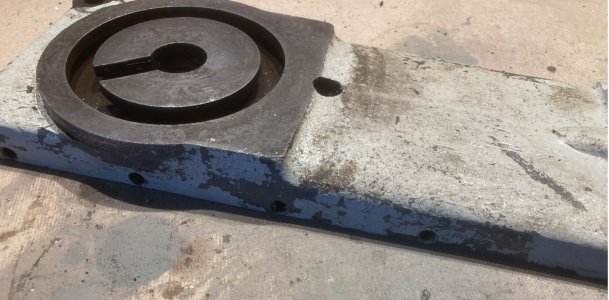Hello there.
I have setscrews in my vintage Hendey lathe with following dimensions - thread matches the gauge with inscription "24 or 3/16/or 7/32" . Setscrew diameter 1/4" and length around 7/8. Has slotted head.
I looked trough various sources of fasteners but found nothing close to that. Wondering of someone can identify this setscrew.
Thnaks
I have setscrews in my vintage Hendey lathe with following dimensions - thread matches the gauge with inscription "24 or 3/16/or 7/32" . Setscrew diameter 1/4" and length around 7/8. Has slotted head.
I looked trough various sources of fasteners but found nothing close to that. Wondering of someone can identify this setscrew.
Thnaks

